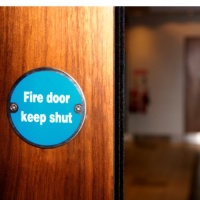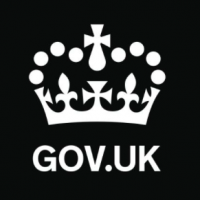
What is the Fire Safety Order?
The Regulatory Reform (Fire Safety) Order 2005 was the biggest change to fire safety law in 35 years. Coming into force in October 2006, it replaced the Fire Precautions (Workplace) Regulations 1997 (as amended), the Fire Precautions Act 1971 and numerous local Acts. It was introduced to consolidate various pieces of legislation and to encourage a risk-based approach to fire safety management. The most significant change is that fire certificates are no longer issued or recognised as legal documents – fire risk assessments are now the cornerstone of fire safety management.
Fire Safety Act 2021
The Fire Safety Act 2021 came into force on 16 May 2022 in England following its implementation in Wales on 1 October 2021.
The Fire Safety Act clarifies the scope of the Regulatory Reform (Fire Safety) Order 2005 (FSO). The FSO applies to all workplaces, commercial buildings and public places, and the common parts of multi-occupied residential buildings. There had been some uncertainty as to the scope of the FSO concerning the common areas of multi-occupied residential buildings and the Fire Safety Act confirmed that for such buildings, the FSO applies to:
- The structure, external walls (including cladding and balconies)
- The individual flat entrance doors between domestic premises and the common parts.
The FSO requires that Responsible Persons, typically employers, freeholders or managing agents, carry out fire safety assessments. Responsible Persons will now need to ensure that these elements are included in fire safety assessments for multi-occupied residential buildings.
The Act, in summary:
- The external walls of a building, the fire doors to individual flats and those located in common areas are to be assessed as part of the requirement for a fire risk assessment on any given building.
- From now on (in England and Wales), the ‘Responsible Person’ has a legal responsibility to commission a fire risk assessment with these points being considered.
- It applies to all multi-occupied residential buildings and is not dependent on the height of the building; and
- It allows the Fire and Rescue Service to enforce against non–compliance in relation to the external walls and the individual doors opening onto the common parts of the premises.
For further information please visit: https://www.legislation.gov.uk/ukpga/2021/24/contents/enacted
PAS 9980
PAS 9980 is a document code of practice, commissioned by the government and developed by the British Standards Institute (BSI). Its full title is ‘PAS 9980:2022, Fire risk appraisal of external wall construction and cladding of existing blocks of flats – Code of practice’.
The document provides a methodology for a competent professional to complete and record a Fire Risk Assessment of External Wall (FRAEW). The approach it sets out is intended to determine the need for any risk‑proportionate actions in relation to external wall construction required to protect occupants of blocks of flats.
On 10th January 2022, the Secretary of State for Levelling Up, Housing and Communities (DLUHC), Michael Gove, announced the withdrawal of the Consolidated Advice Note (CAN), the previous guidance driving external wall fire safety. PAS 9980 replaces the CAN with guidance that mirrors the Government’s new direction towards proportionality in building safety.
Will every building require a PAS 9980 fire risk assessment of the external wall?
PAS 9980 is a methodology to carry out a fire risk assessment of the external wall of multi-storey, multi-occupied residential buildings.
Not all buildings require statutory fire risk assessments. For example, single private dwellings with no common parts are not within the scope of the Regulatory Reform Fire Safety Order 2005.
Of buildings that do require fire risk assessments, not all will require a detailed review of their external walls. In many cases, it will be manifestly obvious to a competent fire risk assessor that the risk to life from external fire spread is not such as to warrant a PAS 9980 assessment.
This is particularly true in buildings with brick or masonry external walls or low-risk buildings which do not present any significant risk of fire spread. In these cases, the fire risk assessor will normally address compliance of external wall construction with the Fire Safety Order as part of the routine fire risk assessment process.
Therefore, many buildings will not require a PAS 9980 appraisal.
For more information on PAS 9980 and to download the full guidance please visit https://www.bsigroup.com/en-GB/standards/pas-9980/
Fire Safety (England) Regulations 2022
The regulations extend the duties imposed by the Regulatory Reform (Fire Safety) Order 2005 and are intended to implement the majority of the recommendations made to the government, in the Grenfell Tower Inquiry Phase 1 report, which require a change in the law.
These Regulations apply to all buildings in England that comprise two or more domestic premises (including the residential parts of mixed-use buildings) although there are more requirements dependant on the height of the building. These buildings are, principally, blocks of flats (whether purpose-built or converted from another type of building, such as a house or office building), but also include blocks used for student accommodation.
The Regulations apply regardless of whether the flats are subject to a long (e.g. 99 years) lease or are rented, and regardless of whether the flats are used to accommodate the general public or a particular group of people (as in the case of, for example, sheltered housing for older people).
Fire Safety (England) Regulations 2022 were published on 6th December 2022 and come into force on 23rd January 2023.
The Home Office have published guidance: Check your fire safety responsibilities under the Fire Safety (England) Regulations 2022. You may find this useful to read.
Fire Safety in Purpose-built Blocks of Flats
The guidance document is to ensure adequate fire safety in purpose-built blocks of flats, regardless of age. Practical advice is offered on how to assess the risk from fire and how to manage fire safety in such buildings.
The document also includes case studies based on the commonly found issues in blocks of flats, with suggested fire safety solutions.
The guide was originally produced in 2011 and summarised the legislation, guidance and best practice at the time of writing and should be viewed as no longer comprehensive. The Home Office has published this revised version of the document.
The guide is intended to meet the needs of housing providers and enforcing authorities for guidance tailored to purpose-built blocks of flats. These buildings are only a small part of the scope of other guidance documents. This document is intended to assist responsible persons to comply with the FSO and the Housing Act 2004.
It is intended for buildings which have been constructed as purpose-built blocks of flats. It applies to existing blocks only. Fire safety design in new blocks of flats is governed by the Building Regulations 2010, but, once a block is occupied, this guide is applicable.
The scope of this guide excludes buildings converted into blocks of flats. However, the guidance contained in this document will largely be applicable to such buildings, provided that – at the time of conversion – the work was carried out in accordance with the then current Building Regulations. In particular, the guidance is likely to be relevant to conversions in which, as a result of compartmentation, a ‘stay-put’ policy is appropriate.
Within this guide, the term ‘flat’ is used to describe a self-contained domestic dwelling within a building. Other terms, such as ‘apartment’, are commonly used to describe such accommodation. The term ‘flats’ is intended to include those arranged on more than one storey, such as maisonettes (duplex apartments).
This guide also includes flats within sheltered housing schemes and blocks containing flats intended for multiple occupation by, for example, students or key workers. However, the guide does not address buildings of this nature in which, in the event of a fire in a flat, the entire building is evacuated simultaneously.
The guide does not address:
- Dwelling houses and bungalows.
- Shared houses.
- HMOs.
- Hostels.
- Flats used as holiday lets.
This guide does not address ancillary or communal facilities, such as a lounge, gym or a hairdresser in a sheltered housing scheme. Although such facilities must be included in the scope of the fire risk assessment for the block, the fire precautions should be considered on a case-by-case basis, following general guidance applicable to buildings other than flats.
The guide does cover blocks with flats located above commercial premises, such as hotels and shops. However, guidance on fire safety in the commercial element is outside the scope of the document.
The guide applies only to England. However, it is likely to be relevant in Wales, where the same fire safety legislation applies It is aimed at those who manage, give advice on and enforce standards in purpose-built blocks of flats. This specifically includes those undertaking fire risk assessments of such buildings, including those contracted to do this on a commercial basis, for example private sector housing providers (landlords), social housing providers, and residents’ management companies.
The full guidance can be read at Fire Safety in Purpose Built Flats
What is a responsible person ?
The Fire Safety Order places the responsibility for fire safety management with a designated responsible person. The responsible person needs to make sure their properties are adequately protected from the risks of fire – not the fire authorities. This person may be the owner, the occupier, an employer or the managing agent acting on behalf of the owner.
What is the role of the responsible person?
The responsible person needs to take certain fire precautions to ensure the safety of all relevant persons. Relevant persons can be tenants, employees and any other people who may be affected by a fire in the building (e.g. general public, visitors or contractors). The responsible person’s main duty is to ensure a suitable and sufficient fire risk assessment is carried out, assessing the risk to which the relevant persons may be exposed. Other responsibilities include:
- Ensuring a fire risk assessment is carried out by a competent person.
- Undertaking any remedial actions identified in the significant findings of the fire risk assessment.
- Training staff to react to emergency situations within the specific premises.
- Recording all maintenance and testing of fire precautions.
- Recording all training carried out.
- Ensuring the risk assessment is regularly reviewed by a competent person.
We have produced a simple guide FSO Staying Compliant that summarises key responsibilities -
Who is a competent person?
The responsible person must appoint a competent person to carry out fire risk assessments and any subsequent fire safety requirements. The law defines competency as "someone with the necessary training, experience, knowledge and other qualities to carry out the task, yet who is aware of the limitations of their knowledge and abilities". Employers who are entrusting tasks to employees are required to take their capabilities into account, as outlined in The Fire Safety (Employees' Capabilities) (England) Regulations 2010.
What is a fire risk assessment?
A fire risk assessment is a thorough survey of the premises that considers all the fire risks that may affect the premises and the people connected with it. If there are 5 or more people employed within the building, if the premises are licensed, or an alterations notice is in force, the fire risk assessment must be a written report. This report will identify all the hazards and provide detailed significant findings.
What are significant findings?
These are simply the recommendations arising from the fire risk assessment. Significant findings outline additional control measures that are required to mitigate the risks identified. Responsible persons need to ensure that any remedial actions emerging from the significant findings are completed. Fire risk assessments should prioritise significant findings and provide recommended timescales within which to carry these out.
Why do I need to review my fire risk assessment?
Once completed, the fire risk assessment is considered to be a live document that must be regularly reviewed. Additional reviews should be carried out when there are process changes in how the building is used, the structure of the building or changes to the specific needs of people who are in or around the building.
Where does the legislation apply?
The Fire Safety Order applies to all non-domestic premises in England and Wales, including the common parts of blocks of flats and houses in multiple occupation (HMOs). The Fire (Scotland) Act 2005 and the Fire Safety Regulations (NI) 2010 make similar requirements in Scotland and Northern Ireland. Other types of property covered include:
- Shops and offices
- Hotels and other sleeping accommodation
- Residential care premises
- Educational premises
- Small and medium places of assembly
- Large places of assembly
- Theatres and cinemas
- Outdoor events
- Healthcare premises
- Transport premises and facilities
- Factories and warehouses
- Animal premises and stables
The government has developed a fire safety guide for each premises type. Whilst they do not set prescriptive standards, they provide recommendations to aid compliance. They can be found on the Communities & Local Government website, or by clicking here.
Key legislation and guidance links
Fire
Regulatory Reform (Fire Safety) Order 2005
Fire Safety Regulations (NI) 2010
Fire Safety (England) Regulations 2022 - Check your fire safety responsibilities
Fire Safety in Purpose Built Flats
Health & Safety
Health & Safety at Work Act 1974
Health & Safety Regulations – A Short Guide HSC13
Managing for Health & Safety HSG65
The Health & Safety (First Aid) Regulations 1981 – Guidance on Regulation
The Health & Safety (Safety Signs & Signals) Regulations 1996
The Construction (Design & Management) Regulations
Legionella
Legionnaires' disease. The control of legionella bacteria in water systems
Approved Code of Practice and guidance
Asbestos
Managing and working with asbestos Control of Asbestos Regulations 2012
Approved Code of Practice and Guidance
Environmental
The Energy Performance of Buildings (England & Wales) Regulations 2012
One of the reasons that individual companies within the Metro Safety Group are accredited and associated with a number of professional bodies is to provide extra reassurance that our exacting standards and procedures are in line with best practice. Verification from recognised industry groups gives our clients peace of mind that our competency is genuine, which is especially important when dealing with matters of compliance. We are delighted to be associated with the following organisations and accreditation schemes.
Fire Industry Association (FIA)
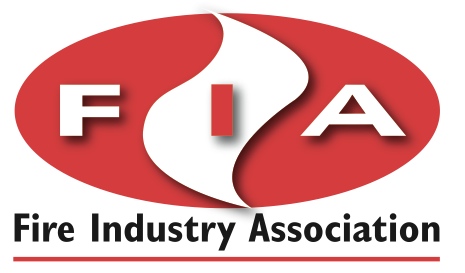
The Fire Industry Association is a not-for-profit trade association with the aim of promoting the professional status of the UK fire safety industry. Representing the industry leaders, they work to communicate and promote best practice and ensure standards continue to improve.
Metro SRM are members of the FIA and also sit on the Fire Risk Assessment Council.
UK Fire Association
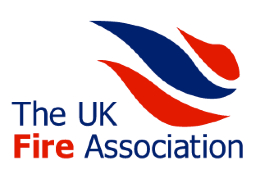
Members of the UK Fire Association aim to share information and best practice for the fire industry, as well as encouraging the development of expertise and high service levels. Their comprehensive Code of Practice means eligible companies, like Metro Safety, need to show that they hold appropriate levels of insurance and that personnel are competent and trained.
Metro Safety is a member of the UK Fire Association.
BAFE
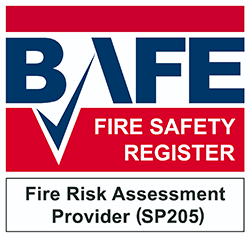
Metro SRM are BAFE certified under scheme SP205 Life Safety Fire Risk Assessment.
BAFE is the independent third party registration body for the fire protection industry. This scheme is designed to give assurance to those commissioning fire risk assessments and give confidence in the quality and relevance of the services being provided. It is essential that the fire risk assessor is a competent person, and the fire risk assessor has a duty of care to the organization on which legislation imposes a requirement for the fire risk assessment.
BAFE

Metro Safety is BAFE certified under scheme SP203-1 Fire detection and alarm systems, design.
The scheme recognises the importance of providing compliant systems while at the same time minimising false alarms. It aims to give fire protection system users and regulatory authorities confidence that accredited companies providing fire alarm systems, have processes in place to effectively undertake such activities within their defined scope of work.
IFE - Institution of Fire Engineers
The IFE upholds professional standards within public and private fire sectors, offering assessment of knowledge, experience and development and promoting good practice. They also provide professional recognition for members. Metro SRM's fire risk assessors are all currently working towards inclusion on the IFE register of assessors. Many of them already hold Graduate or Member-level membership of the Institution.
IOSH - Institution of Occupational Safety and Health

IOSH is the world's largest chartered body for health and safety professionals. They aim to secure and justify trust and confidence in the work of their members by ensuring high levels of technical competence and professional conduct. Our consultants include both Graduate or Chartered Members of IOSH. Our Chartered Members of IOSH also feature on the new OSH Consultants Register.
SAFE Contractor

Assessing the health & safety competency of contractors and service providers, SAFE Contractor ensures that contractors visiting premises operate in a safe way. Many large organisations now use SAFE Contractor as their primary means of selecting contractors.
Metro Safety Group Limited is proud to be accredited by this leading health & safety scheme, which is dedicated to promoting higher standards of competency and compliance and is Safe Contractor Pre-Qualified.
Legionella Control Association

Metro SRM are an LCA registered service provider and are regularly audited and assessed by the LCA for compliance with their Code of Conduct for Service Providers and Service Standards for legionella risk assessments, hot and cold water monitoring and inspection and training. Metro SRM’s membership of the LCA, management systems and compliance with the LCA’s Code and Service Standards means that you can be confident that we are able to assist you in controlling the legionella risks associated with your water systems.
World Certification Services

The Metro Safety Group Limited has achieved ISO 14001 and ISO 9001 certification from WCS
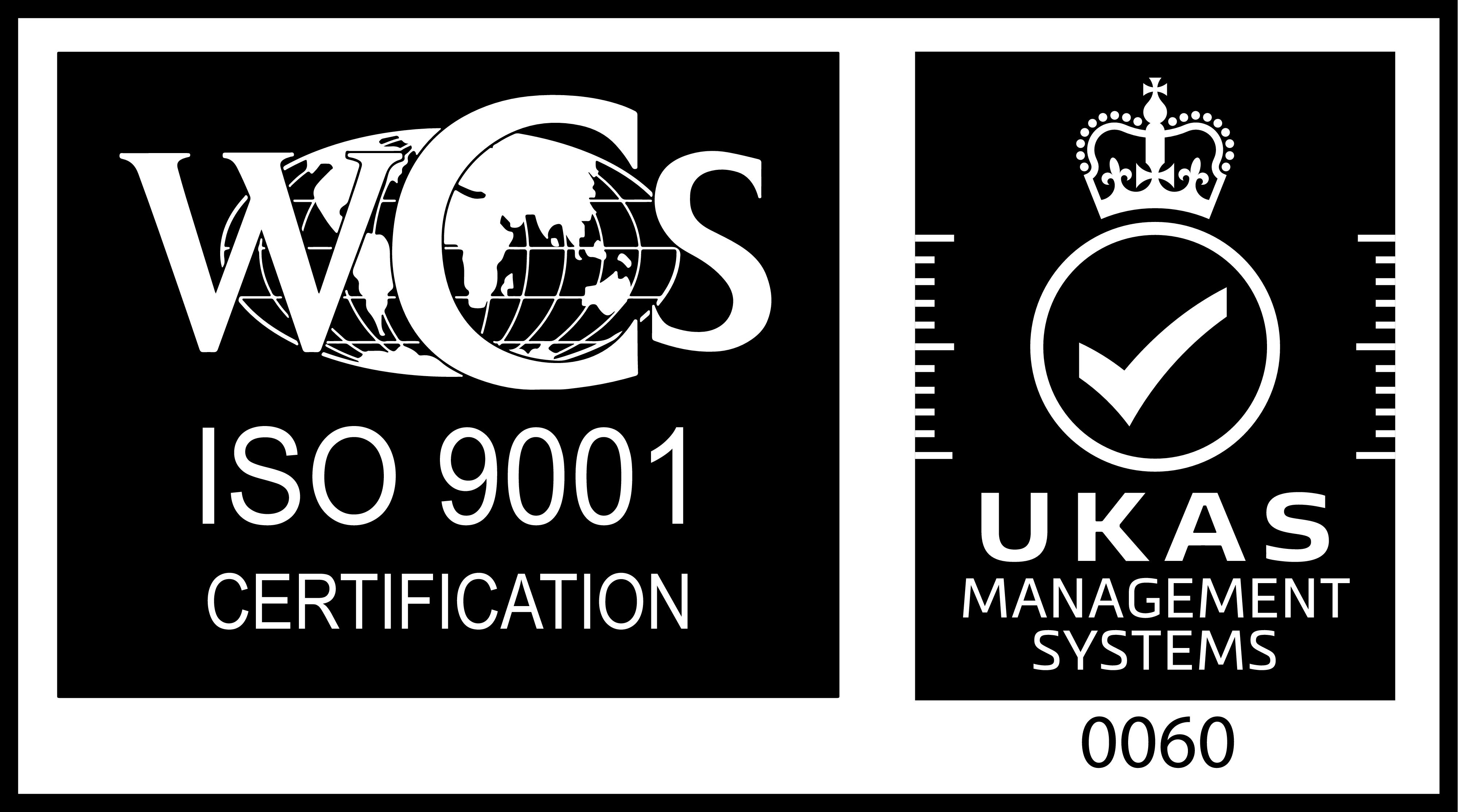
Association for Specialist Fire Protection (ASFP)
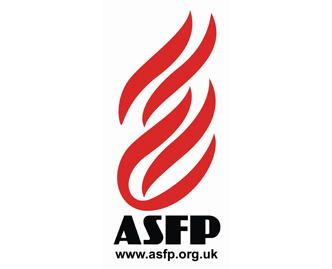
Metro SRM are associate members of the Association for Specialist Fire Protection, the leading passive fire protection trade association in the UK and Ireland. The ASFP is dedicated to the protection of life, property, the environment and our heritage.
Prosure 360

Metro Safety Group has successfully completed the Prosure SSIP verified contractor (over 5 employees) assessment and is Prosure Pre-Qualified.












